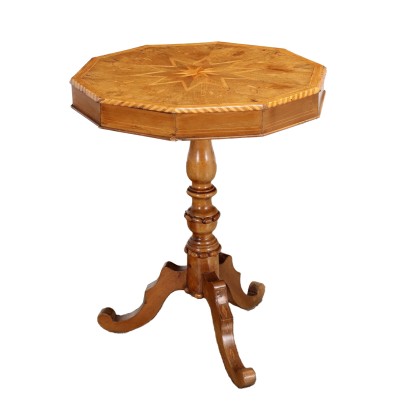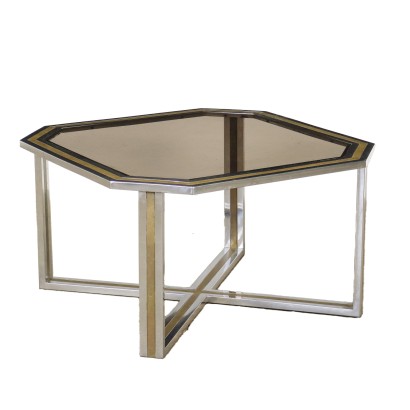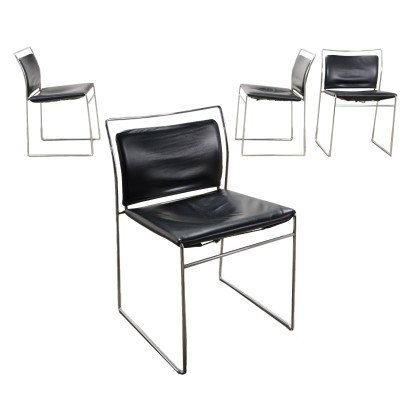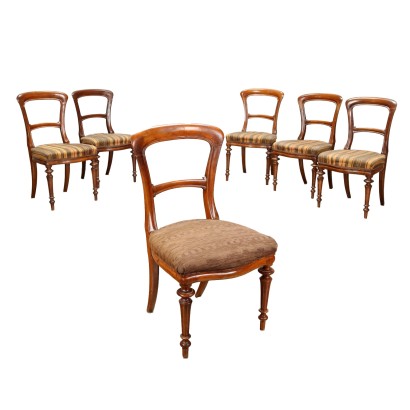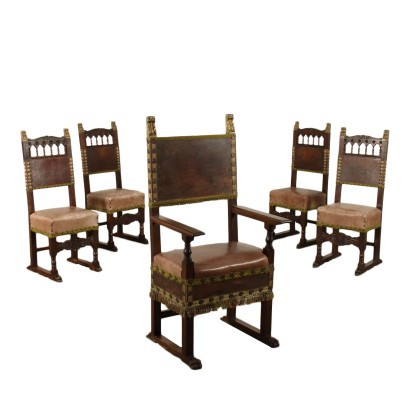Coffee Table Maple Italy XIX Century - Rolo, Emilia Second half of the 19th century
Features
Rolo, Emilia Second half of the 19th century
Age: 19th Century / 1801 - 1900
Origin: Rolo, Emilia Romagna, Italy
Main essence: Maple , Cherry , Walnut
Material: Carved Wood
Description
Walnut coffee table inlaid with cherry and maple geometric motifs, Rolo, Emilia second half of the 19th century. Top with compass rose, drawer in the band, turned base with pods, wavy legs. Lacks in the pods.
Product Condition:
Product that due to age and wear may require restoration and resumption of polishing.
Dimensions (cm):
Height: 74,5
Maximum size (cm):
Diameter: 62,5
Additional Information
Age: 19th Century / 1801 - 1900
19th Century / 1801 - 1900Main essence:
Maple
Hard, light wood used for inlays. It grows mainly in Austria, but it is widespread throughout the northern hemisphere, from Japan to North America, passing through China and Europe. It is one of the lightest woods ever, tending to white, it is similar to lime or birch wood. The briar is used in the production of ancient secretaires .Cherry
Obtained from prunus cerasus , a plant of oriental origin, it is a hard wood with a light and delicate color, with a reddish vein. Due to its diffusion and availability it was used in Europe in popular furniture. In cabinet making, in the seventeenth century, it was widely used in France and England for inlay work. In Italy it was very successful in Lucca. It was also very popular in the United States for the manufacture, from the late 1600s, of commonly used furniture.The dictionary of antiques: Eclecticism
Classic Monday: a sofa from the 1800s example of eclecticism



